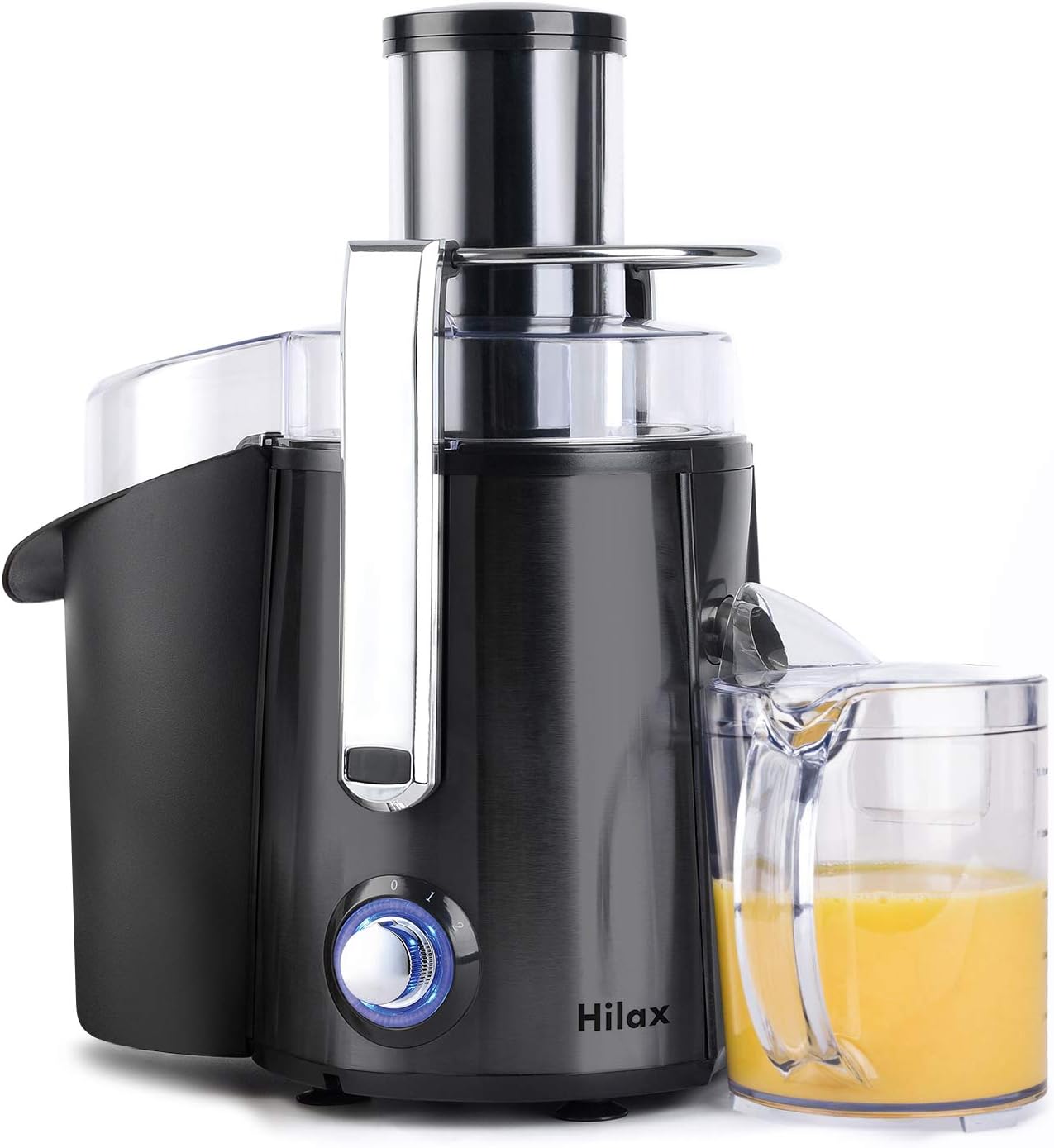

Articles
How To Juice A Mango In A Juicer
Modified: February 27, 2024
Learn how to juice a mango in a juicer with this informative article. Discover helpful tips and techniques to maximize your mango juice extraction.
(Many of the links in this article redirect to a specific reviewed product. Your purchase of these products through affiliate links helps to generate commission for Storables.com, at no extra cost. Learn more)
Introduction
Welcome to the wonderful world of juicing! Juicing has become a popular trend in recent years, with many people incorporating fresh juices into their daily routines for their abundant health benefits. One fruit that is often overlooked when it comes to juicing is the mango. Known for its sweet and tropical flavor, mangoes can make a refreshing and delicious addition to your juicing repertoire.
In this article, we will guide you through the process of juicing a mango using a juicer. Whether you’re a seasoned juicing enthusiast or a beginner looking to explore different fruit juice combinations, we’ve got you covered. From choosing the right mango to cleaning your juicer afterwards, we’ll provide you with all the information you need to juice a mango successfully and enjoy every sip.
So, let’s dive in and discover how to juice a mango in a juicer!
Key Takeaways:
- Juicing mangoes in a juicer is a delightful way to enjoy tropical flavors and essential nutrients. Experiment with different varieties, combine with other fruits, and customize the sweetness for a unique and refreshing juice blend.
- Properly cleaning and maintaining your juicer is essential for extending its lifespan and ensuring hygienic juicing experiences. Follow the manufacturer’s instructions and enjoy delicious mango juices for years to come.
Read more: How To Make Juice In A Juicer
Choosing the Right Mango
When it comes to juicing mangoes, selecting the right fruit is key to achieving a flavorful and nutritious juice. Here are a few tips to help you choose the perfect mango for juicing:
- Consider the variety: There are numerous mango varieties available, each with its own unique flavor profile. Some popular varieties include Alphonso, Ataulfo, and Kent mangoes. Experiment with different varieties to find your favorite.
- Look for ripeness: A ripe mango will be slightly soft to the touch and will give off a sweet aroma. Avoid mangoes that are too firm or have signs of bruising.
- Check the color: The color of the mango skin can vary depending on the variety. Some mangoes will have a greenish hue even when ripe, while others will turn a vibrant yellow or orange. Trust your senses to determine if the mango is ripe based on its fragrance and texture.
It’s important to note that mangoes are available in different regions depending on the season. In some places, mangoes are more readily available during the summer months, while in other regions, they may be available year-round. Take advantage of the seasonal availability of mangoes to ensure you’re getting the freshest and most flavorful fruit for your juice.
Remember, the quality of the mango you choose will greatly impact the taste and overall experience of your juice. So, take your time to find the perfect mangoes for juicing, and get ready to enjoy a burst of tropical goodness in every sip.
Preparing the Mango for Juicing
Before you can juice a mango, you’ll need to properly prepare it. Follow these steps to ensure your mango is ready to be juiced:
- Wash the mango: Start by rinsing the mango under cool water to remove any dirt or residue that may be on the skin.
- Peel the mango: Use a sharp knife to carefully peel off the skin of the mango. Start from the top and work your way down, following the natural curve of the fruit. Alternatively, you can use a vegetable peeler to remove the skin.
- Remove the pit: Mangoes have a large, flat seed in the center. To remove it, stand the mango upright on a cutting board and slice off the flesh from both sides of the pit. Be careful not to cut too close to the pit to avoid wasting any of the mango flesh.
- Cut the mango into chunks: Once the pit is removed, cut the mango flesh into smaller chunks that will easily fit into your juicer. The size of the chunks will depend on the size of your juicer’s feeding tube, so adjust accordingly.
At this point, your mango is ready to be juiced. However, if you prefer a smoother texture in your juice, you can use a blender or a food processor to puree the mango chunks before transferring them to the juicer. This step is optional and is based on personal preference.
Remember to work with caution when handling the knife and be mindful of your fingers. Mangoes can be slippery, so it’s important to have a stable cutting surface and a firm grip on the fruit to prevent accidents.
With your mango properly prepared, you’re now ready to move on to the next step: setting up the juicer.
Setting Up the Juicer
Before you start juicing your mangoes, make sure your juicer is properly set up and ready to use. Here’s how to get your juicer ready:
- Read the manual: Every juicer is different, so it’s important to familiarize yourself with the specific instructions for your juicer model. Read the user manual to understand how to assemble, operate, and clean your juicer correctly.
- Assemble the juicer: Follow the manufacturer’s instructions to assemble the different components of your juicer. Usually, this involves attaching the juicing chamber, pulp container, and juice collection jug.
- Prepare the juicer parts: Ensure that all the juicer parts are clean and free from any residue. Wash them thoroughly using warm water and mild soap before assembling.
- Position the juicer: Find a stable, flat surface in your kitchen where you can set up the juicer. It’s best to place it near an electrical outlet for convenience.
Once your juicer is assembled and in place, double-check that it’s securely set up and all the parts are properly aligned. This will help prevent any accidents or issues during the juicing process.
Now that your juicer is ready, it’s time to move on to the exciting part: juicing the mango!
When juicing a mango in a juicer, make sure to remove the skin and pit before placing the fruit in the juicer. This will ensure a smooth and delicious mango juice without any bitter flavors.
Juicing the Mango
Now that your juicer is set up and ready to go, it’s time to juice those delicious mangoes. Follow these steps to juice a mango using your juicer:
- Turn on the juicer: Ensure that the juicer is properly plugged in and turned on.
- Feed the mango chunks into the juicer: Take a handful of the prepared mango chunks and gently push them into the feeding tube of the juicer. Use the plunger that comes with your juicer to guide the mango pieces down into the juicing chamber.
- Extract the juice: As the mango chunks are pushed through the juicer, the machine will extract the juice and separate it from the pulp. The juice will flow into a separate container, while the pulp will be collected in a designated pulp container.
- Continue juicing: Repeat the process with the remaining mango chunks until all the fruit has been juiced.
It’s important to note that mangoes can vary in juiciness, so you may need to adjust the speed or settings of your juicer to ensure optimal extraction. Follow the manufacturer’s instructions regarding juicing speeds and settings for best results.
Once you’ve juiced all the mango chunks, you can give the juice a gentle stir to ensure an even distribution of flavors. Pour the freshly extracted mango juice into a glass and enjoy it immediately to experience the full freshness and nutritional benefits.
Your juicer may leave some pulp in the final juice. If you prefer a smoother texture, you can strain the juice through a fine-mesh sieve or cheesecloth to remove any remaining pulp before drinking.
Now that you’ve successfully juiced your mango, it’s time to learn some useful tips and tricks to enhance your juicing experience.
Read more: How To Juice Pomegranates In A Juicer
Tips and Tricks for Juicing Mangoes
Here are some helpful tips and tricks to take your mango juicing experience to the next level:
- Combine with other fruits or vegetables: Mangoes pair well with a variety of other fruits and vegetables. Consider adding some pineapple, orange, or carrot to create a delicious and nutritious juice blend.
- Experiment with spices and herbs: Give your mango juice an extra kick by adding a pinch of cinnamon, a sprig of mint, or a dash of ginger. These spices and herbs can add depth and enhance the flavor of your mango juice.
- Chill the mangoes before juicing: For a refreshing and chilled mango juice, place the ripe mangoes in the refrigerator for a few hours before juicing. The cold temperature will make your juice even more enjoyable.
- Use ripe but firm mangoes: Mangoes that are too soft may yield a juice with a mushy texture. Look for mangoes that are ripe but still firm to achieve a smooth and flavorful juice.
- Add a squeeze of lemon or lime: To brighten up the flavor of your mango juice, squeeze some fresh lemon or lime juice into the mix. This citrus twist adds a refreshing tang to your juice.
- Save the mango skin: Don’t throw away the mango skins just yet! You can use them for making mango-infused water or as a base for tropical-flavored tea. Simply steep the mango skins in hot water and let it infuse for a few minutes.
- Blend with ice for a mango smoothie: If you prefer a thicker consistency, blend the mango chunks with some ice cubes to create a refreshing mango smoothie. You can add a splash of coconut water or almond milk for extra creaminess.
- Customize the sweetness: Depending on the sweetness of the mangoes, you may need to adjust the sweetness of your juice. Add a touch of honey or a natural sweetener of your choice if desired.
Remember, juicing is a versatile process, and you can always experiment and adjust the flavors according to your preferences. Have fun exploring different combinations and techniques to create your perfect mango juice.
Once you’ve enjoyed your freshly juiced mango, it’s time to clean and maintain your juicer to ensure its longevity.
Cleaning and Maintaining the Juicer
Properly cleaning and maintaining your juicer is essential to keep it in good working condition and ensure the longevity of the appliance. Follow these steps to clean and maintain your juicer after each use:
- Unplug the juicer: Before you start cleaning, make sure the juicer is unplugged from the power source to avoid any accidents.
- Disassemble the juicer: Carefully disassemble the juicer components according to the manufacturer’s instructions. This usually involves removing the juicing chamber, pulp container, and juice collection jug.
- Rinse the removable parts: Rinse the removable parts under warm water to remove any residual juice or pulp. Use a soft brush or sponge to gently scrub away any stubborn stains or debris.
- Wash with warm, soapy water: Fill your kitchen sink or a large basin with warm water and add a mild detergent. Submerge the removable parts in the soapy water and wash them thoroughly using a sponge or brush.
- Rinse and dry: Rinse the parts with clean water to remove any soap residue. Allow them to air dry completely before reassembling the juicer.
- Clean the juicing screen: The juicing screen is a critical component that can get clogged with pulp and fiber. Use a small brush or toothbrush to carefully clean the juicing screen, removing any residue that may have accumulated.
- Wipe the juicer body: Use a damp cloth to wipe the exterior of the juicer body. Pay attention to any crevices or grooves where food particles may have accumulated.
- Store the juicer properly: Once the juicer is clean and dry, reassemble it and store it in a safe and dry location. Make sure all parts are properly aligned and secured.
Regularly cleaning your juicer after each use will help prevent the buildup of residue, maintain hygiene, and extend the life of your appliance. Additionally, refer to the user manual for any specific cleaning instructions recommended by the manufacturer.
In addition to routine cleaning, it’s also important to perform regular maintenance on your juicer. This may include checking for any signs of wear or damage, lubricating moving parts if necessary, and following any specific maintenance guidelines provided by the manufacturer. By taking care of your juicer, you can ensure optimal performance and enjoy delicious mango juices for years to come.
Now that you’ve learned how to clean and maintain your juicer, you’re ready to juice mangoes and other fruits to your heart’s content!
Conclusion
Juicing a mango can be a delightful and refreshing experience, providing you with a burst of tropical flavors and essential nutrients. By following the steps outlined in this article, you can easily prepare and juice mangoes using a juicer. From choosing the right mango to cleaning and maintaining your juicer, we’ve covered all the necessary aspects to ensure a successful juicing journey.
Remember, selecting ripe and flavorful mangoes is crucial for a delicious juice. Experiment with different varieties, combine them with other fruits or spices, and customize the sweetness to suit your taste preferences. With a little creativity, you can create unique and nutrition-packed mango juice blends that will tantalize your taste buds.
Additionally, don’t forget the importance of cleaning and maintaining your juicer. Properly caring for your appliance will not only extend its lifespan but also ensure hygienic and safe juicing experiences every time.
So, whether you’re a seasoned juicing enthusiast or just beginning to explore the world of juicing, don’t hesitate to give juicing mangoes a try. Enjoy the process, savor the flavors, and reap the health benefits of this tropical delight.
Now that you’ve learned how to juice a mango in a juicer, it’s time to grab those mangoes, fire up your juicer, and get started on your delicious juicing adventure!
Frequently Asked Questions about How To Juice A Mango In A Juicer
Was this page helpful?
At Storables.com, we guarantee accurate and reliable information. Our content, validated by Expert Board Contributors, is crafted following stringent Editorial Policies. We're committed to providing you with well-researched, expert-backed insights for all your informational needs.
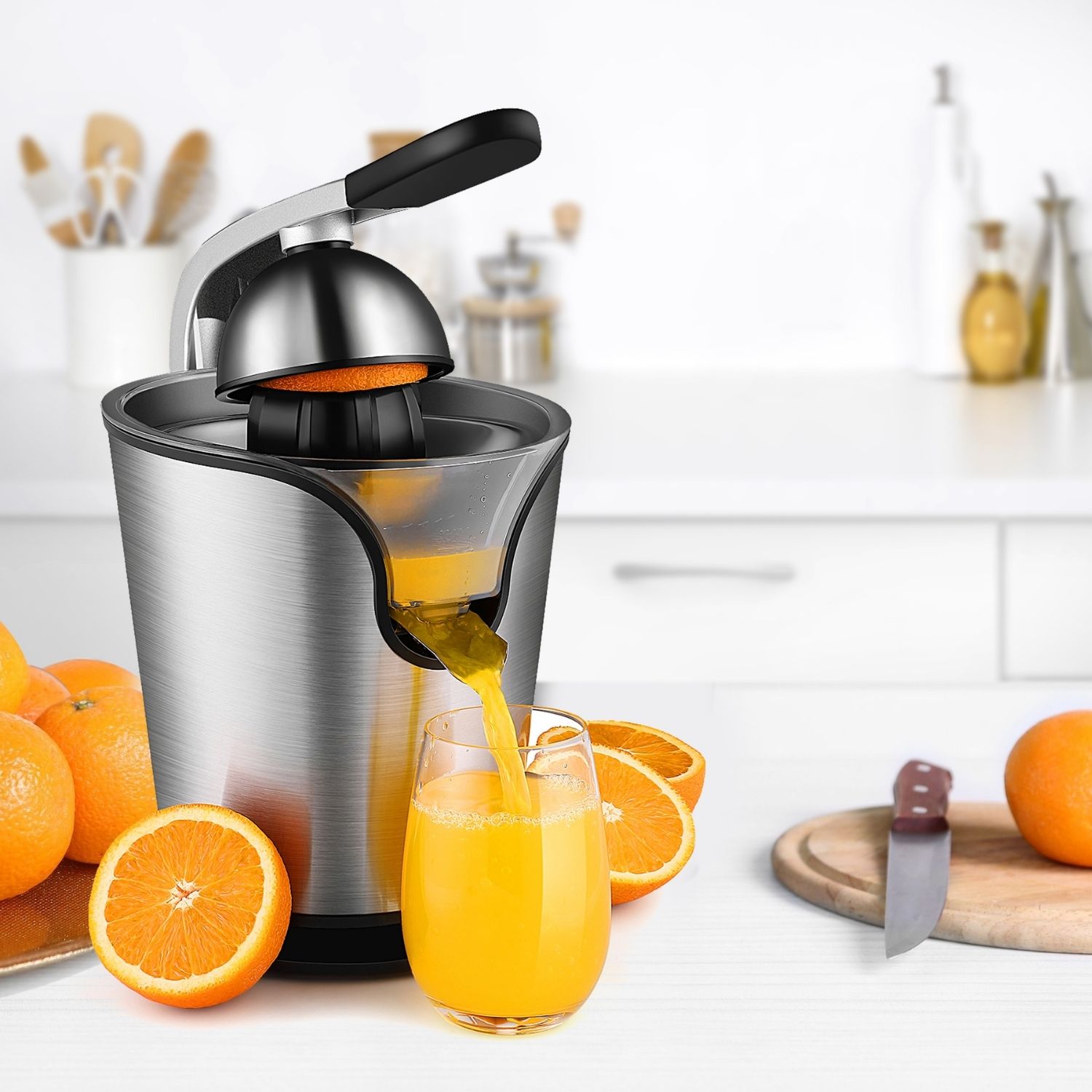
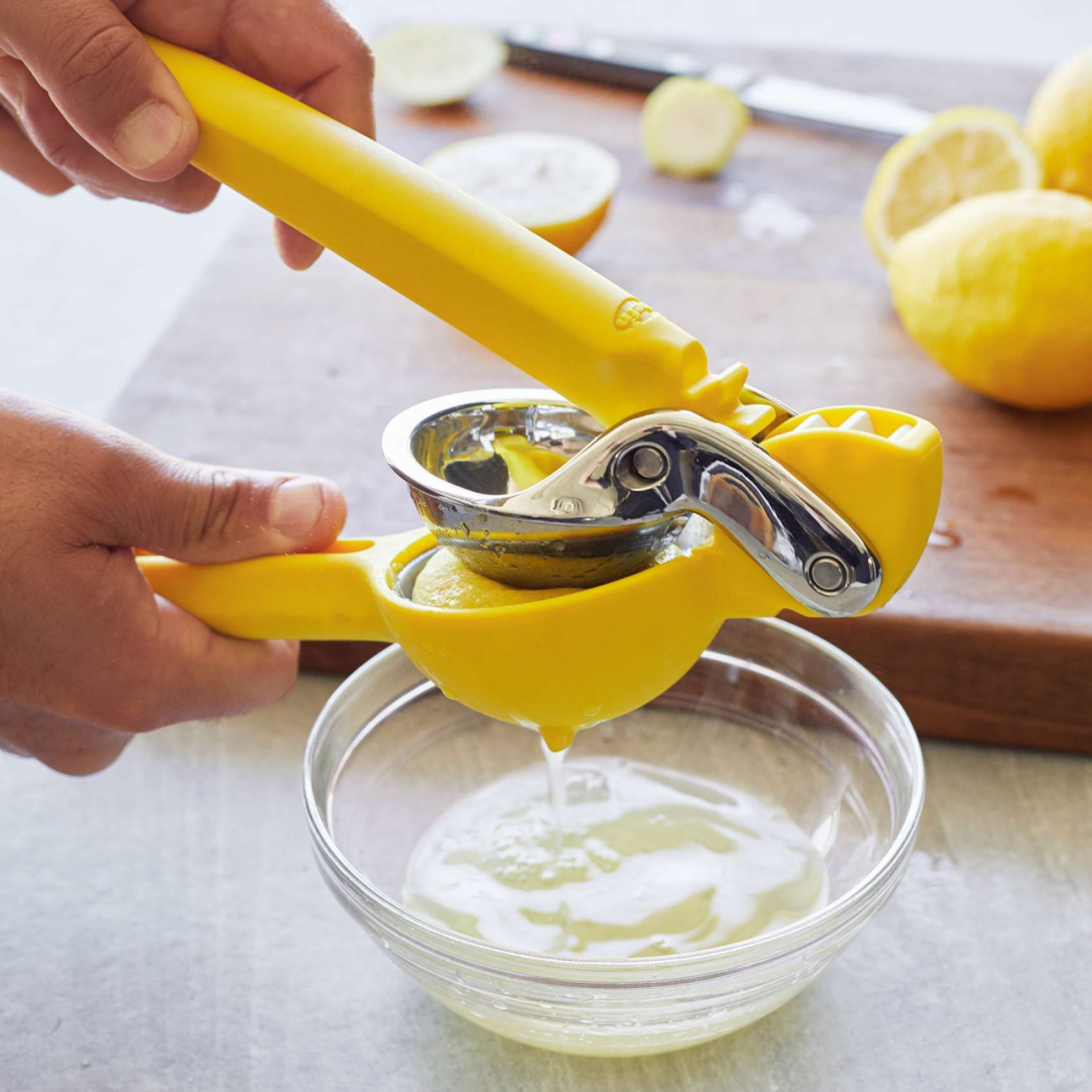
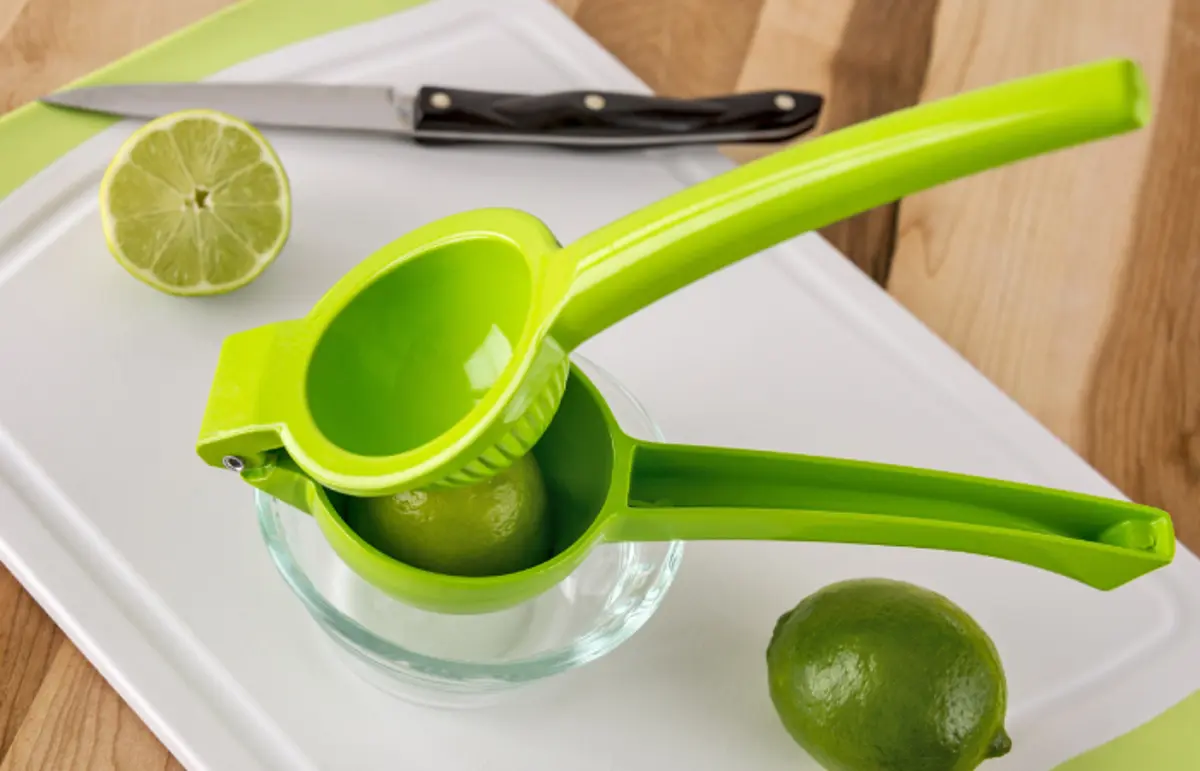

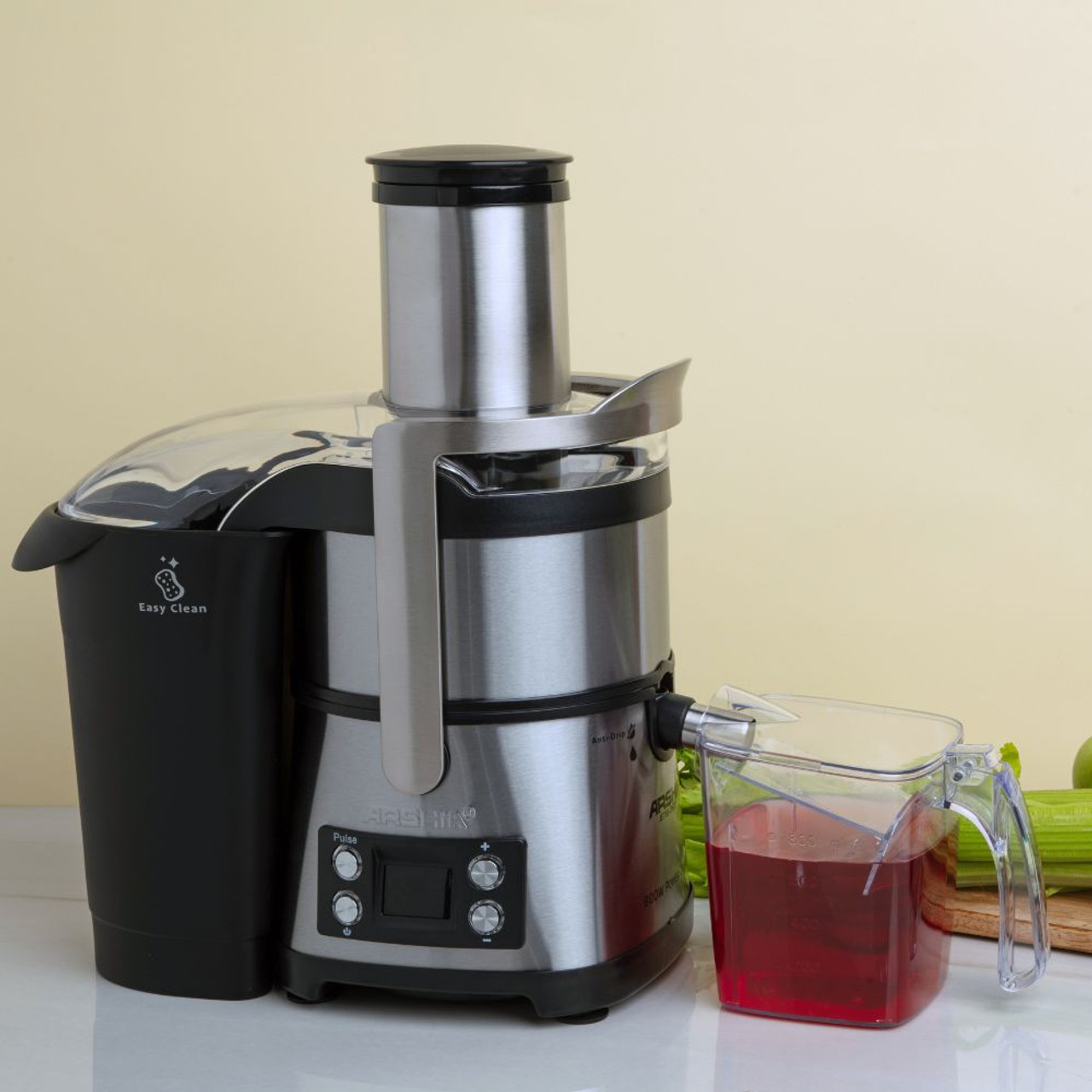
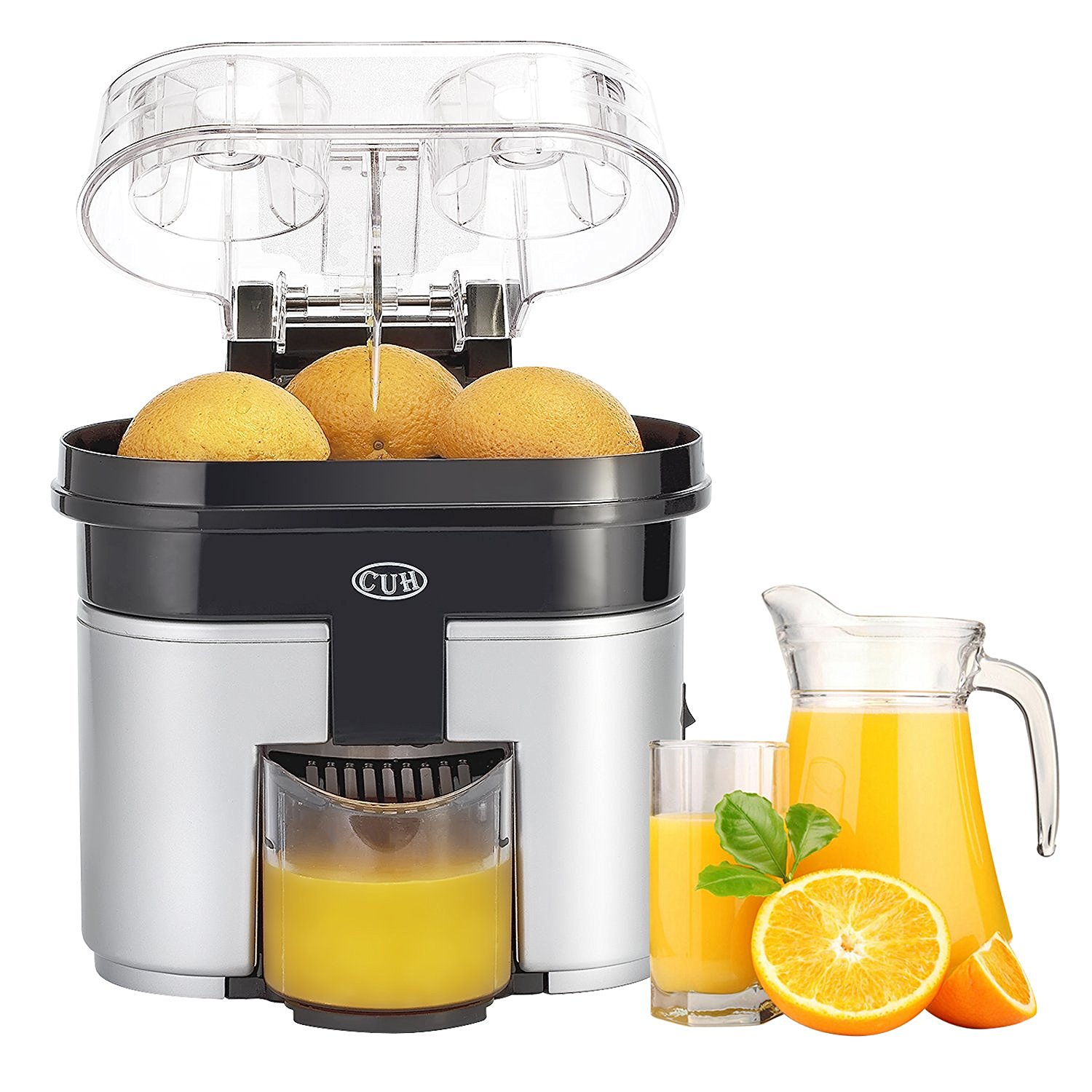
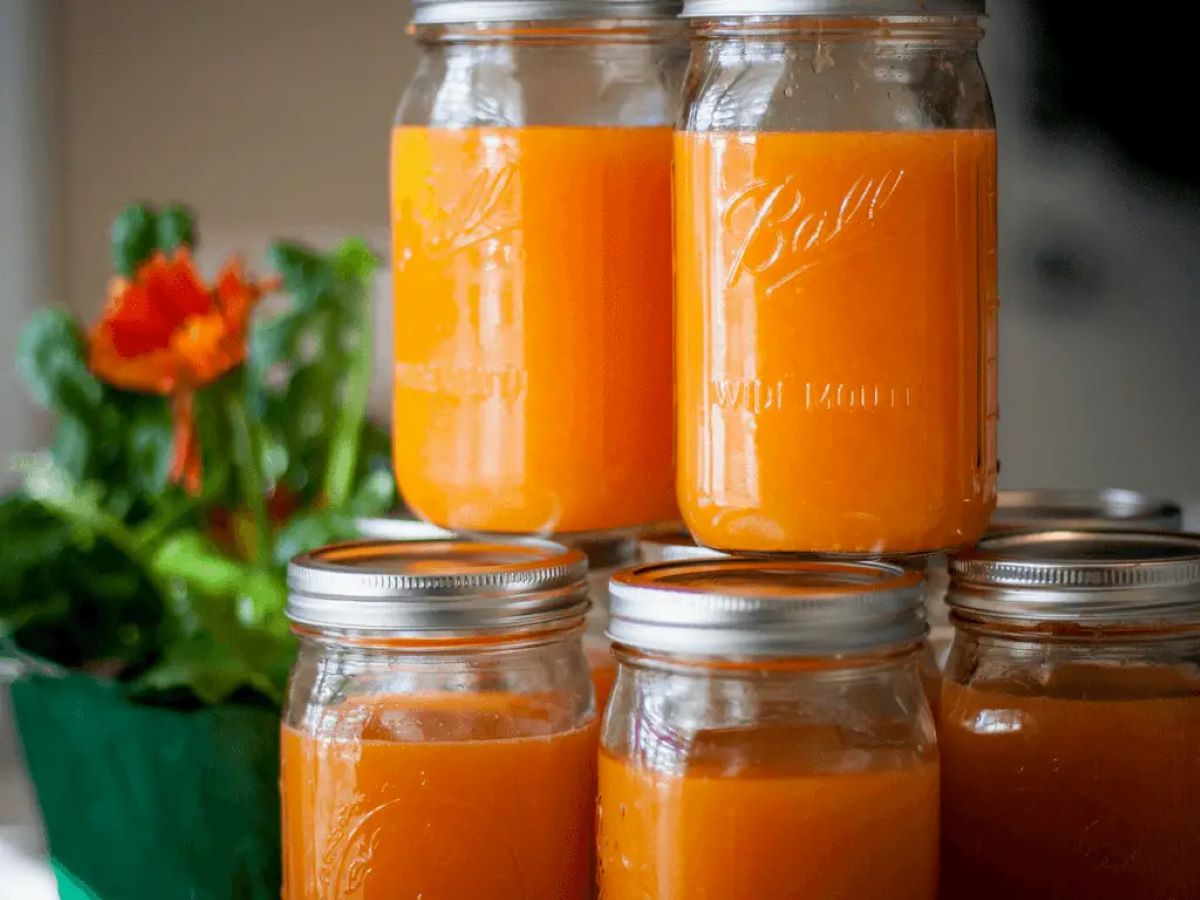
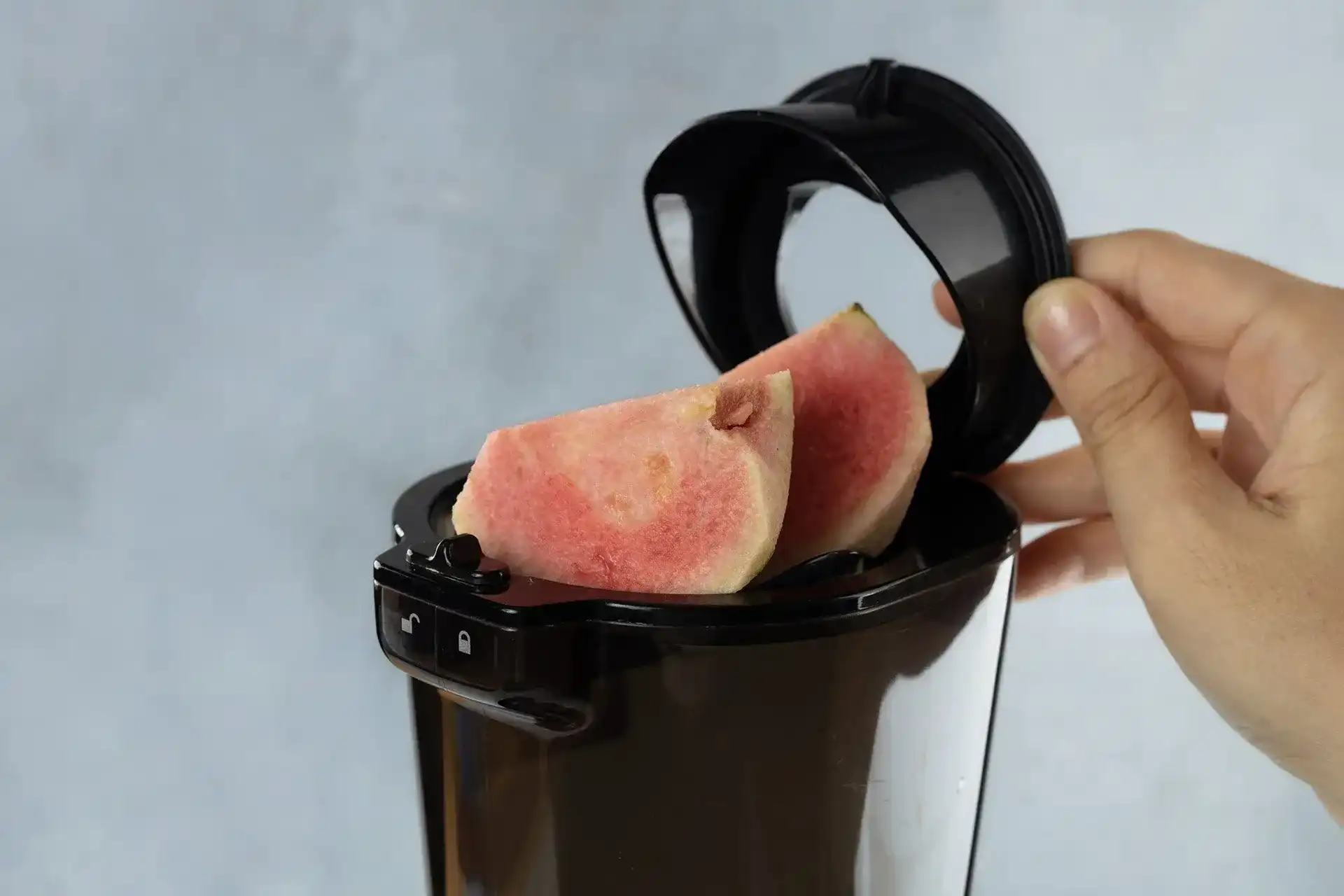
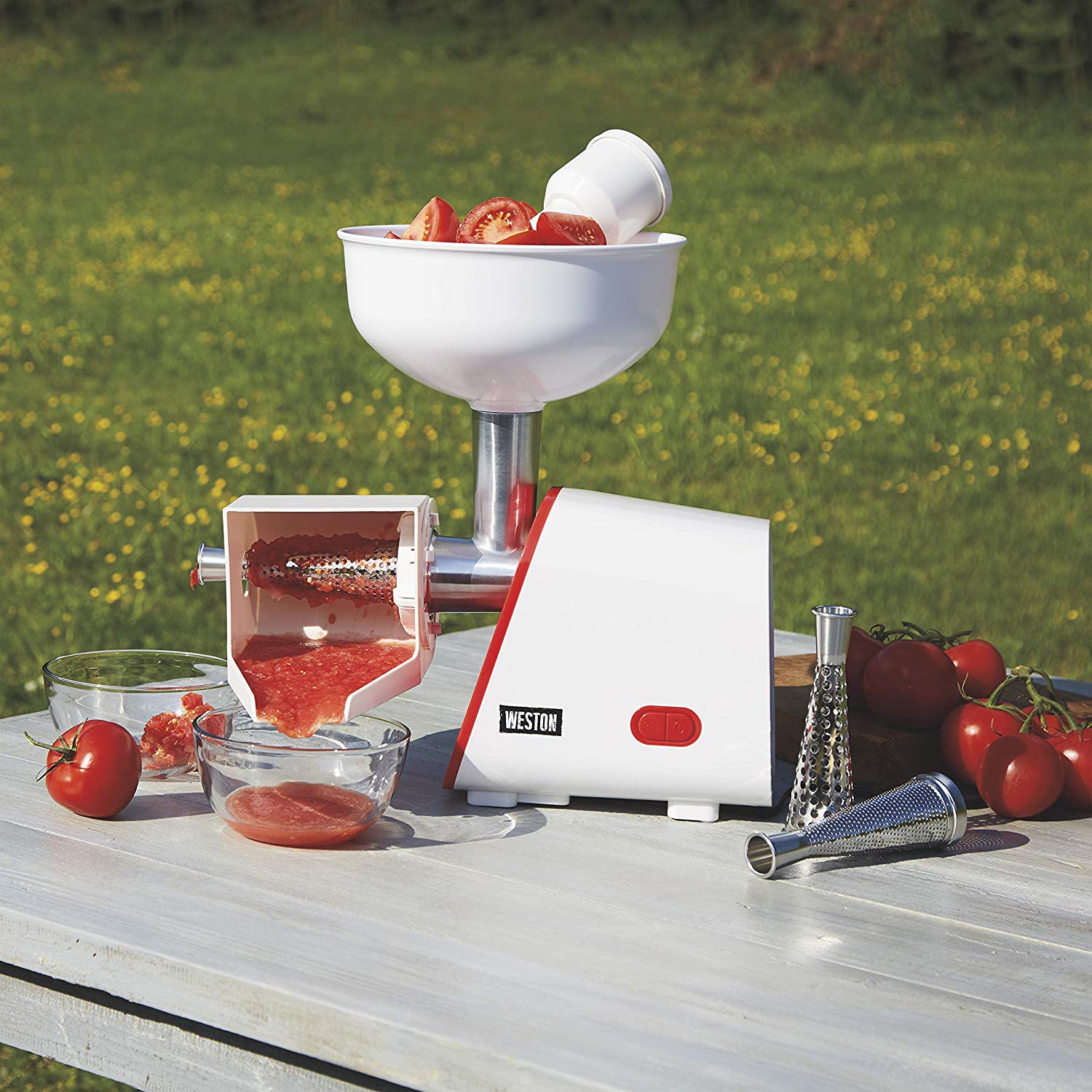
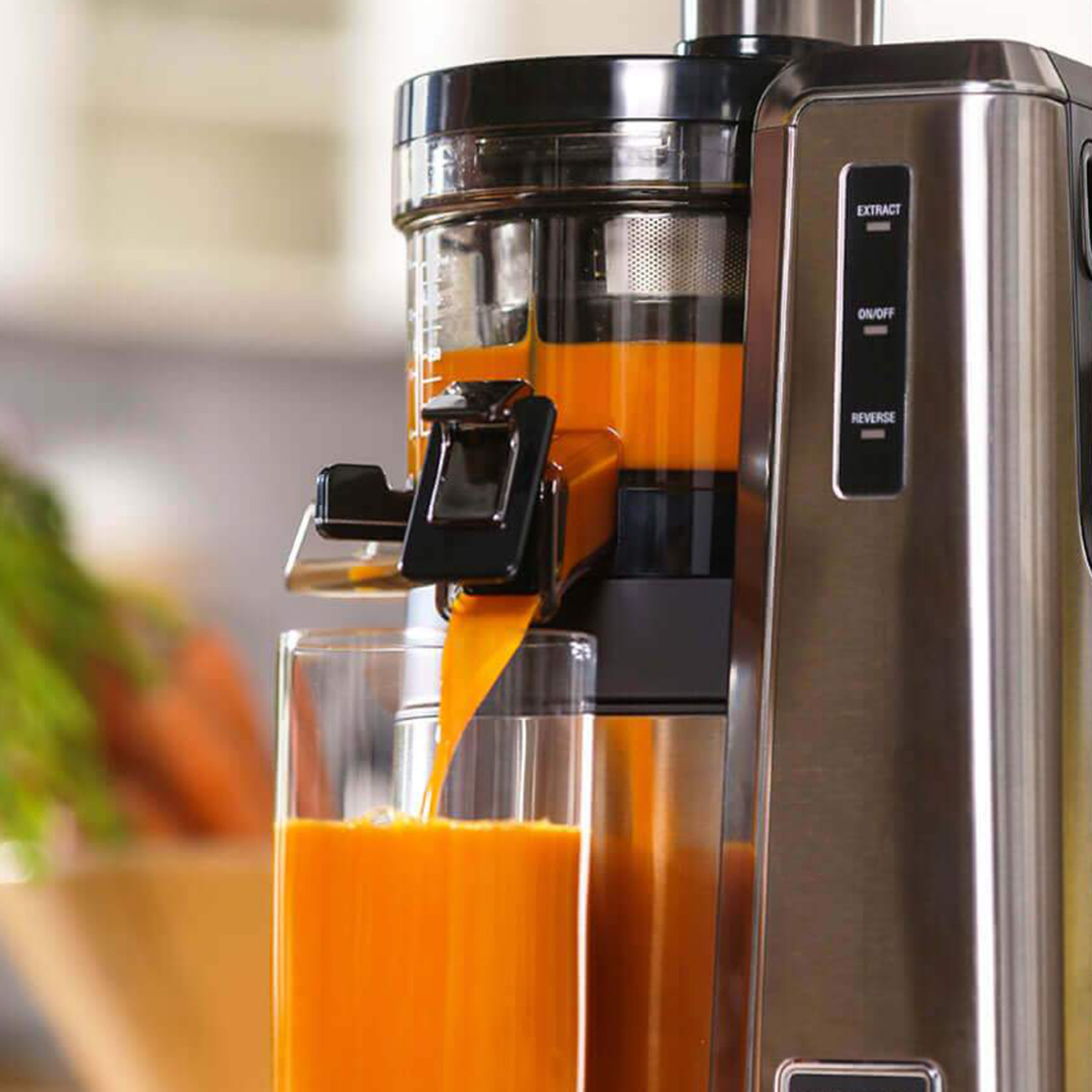
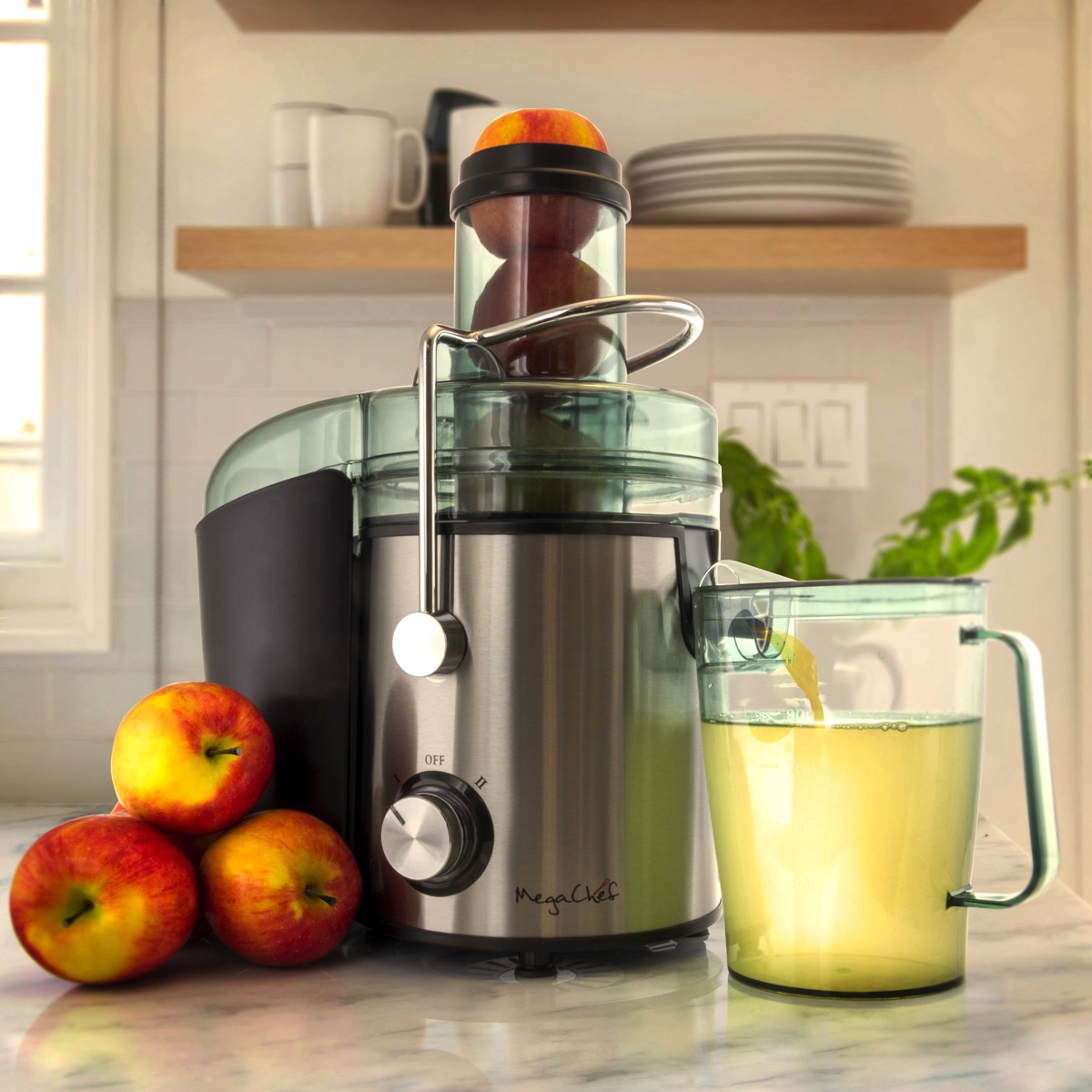
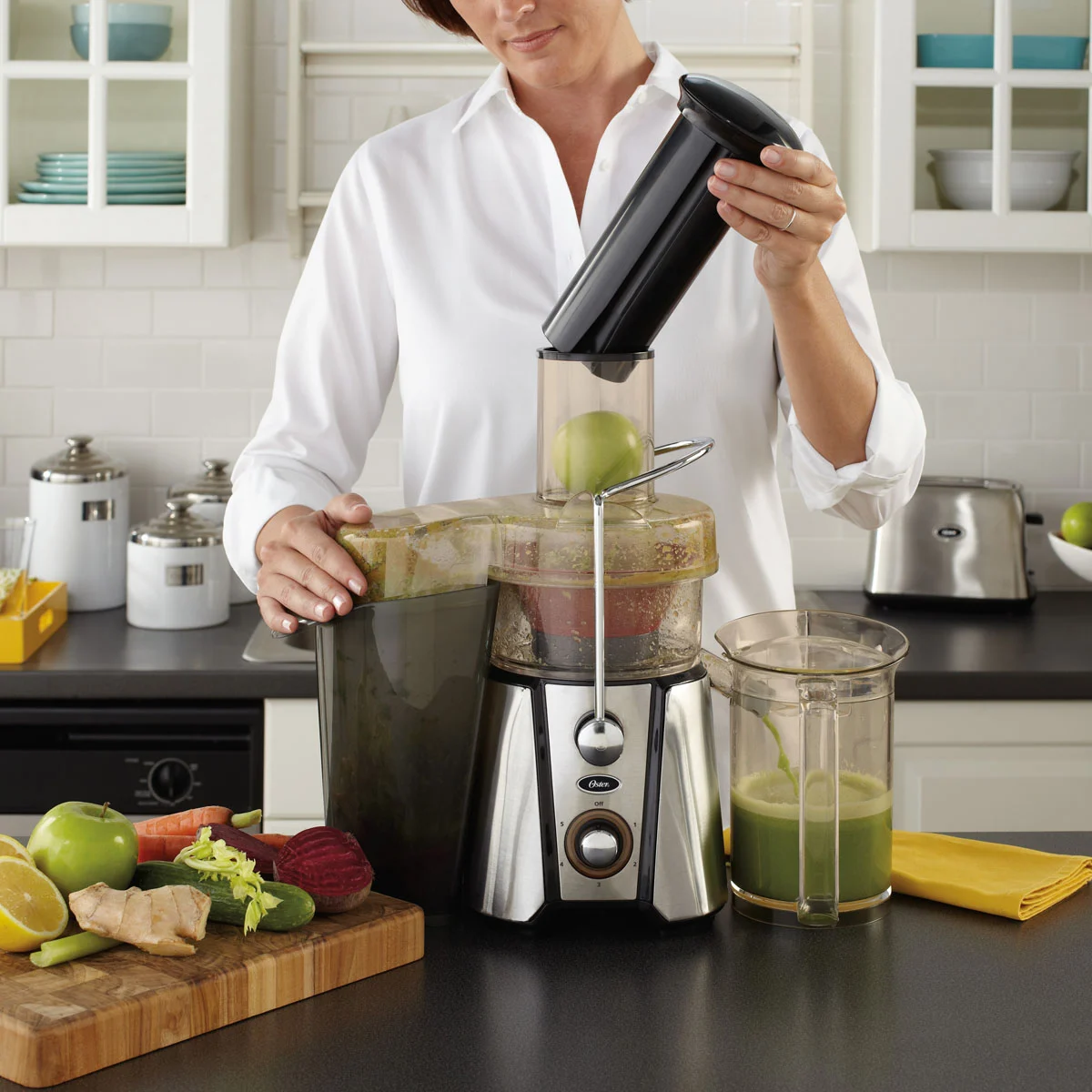
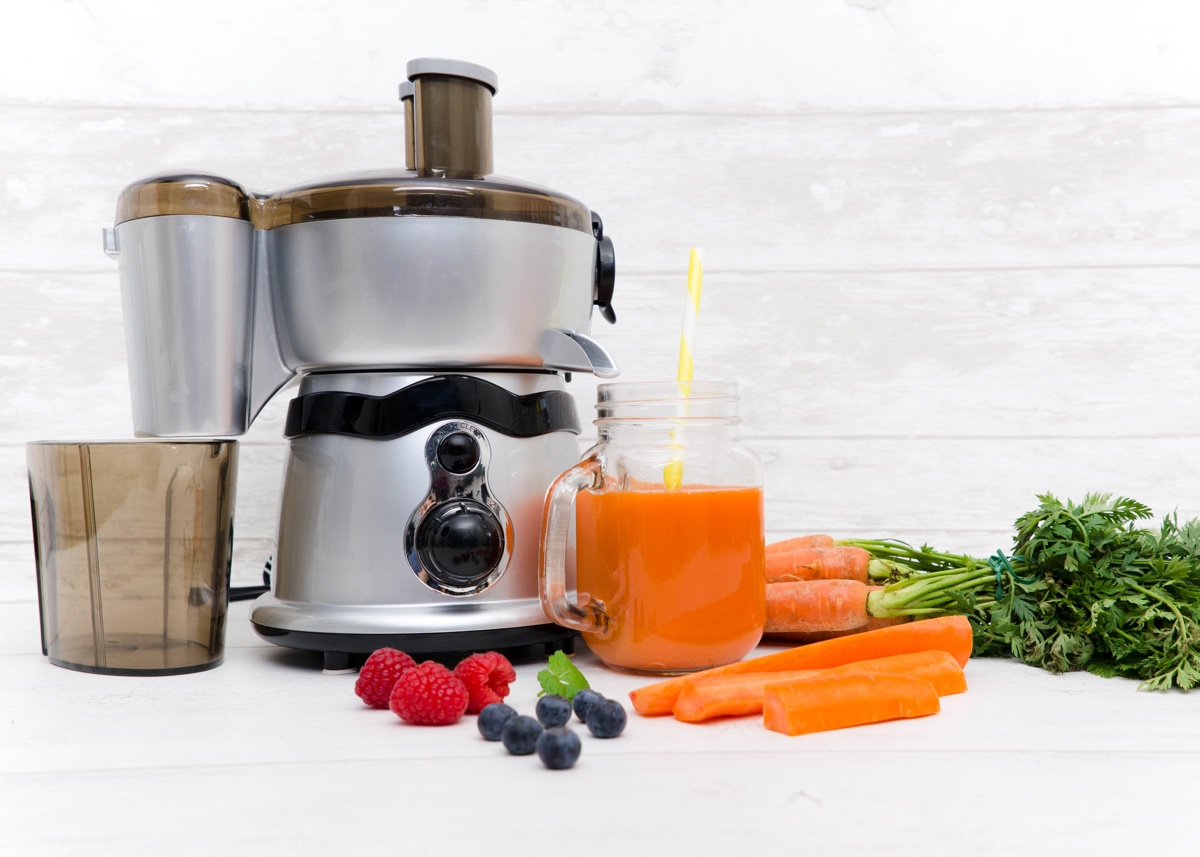
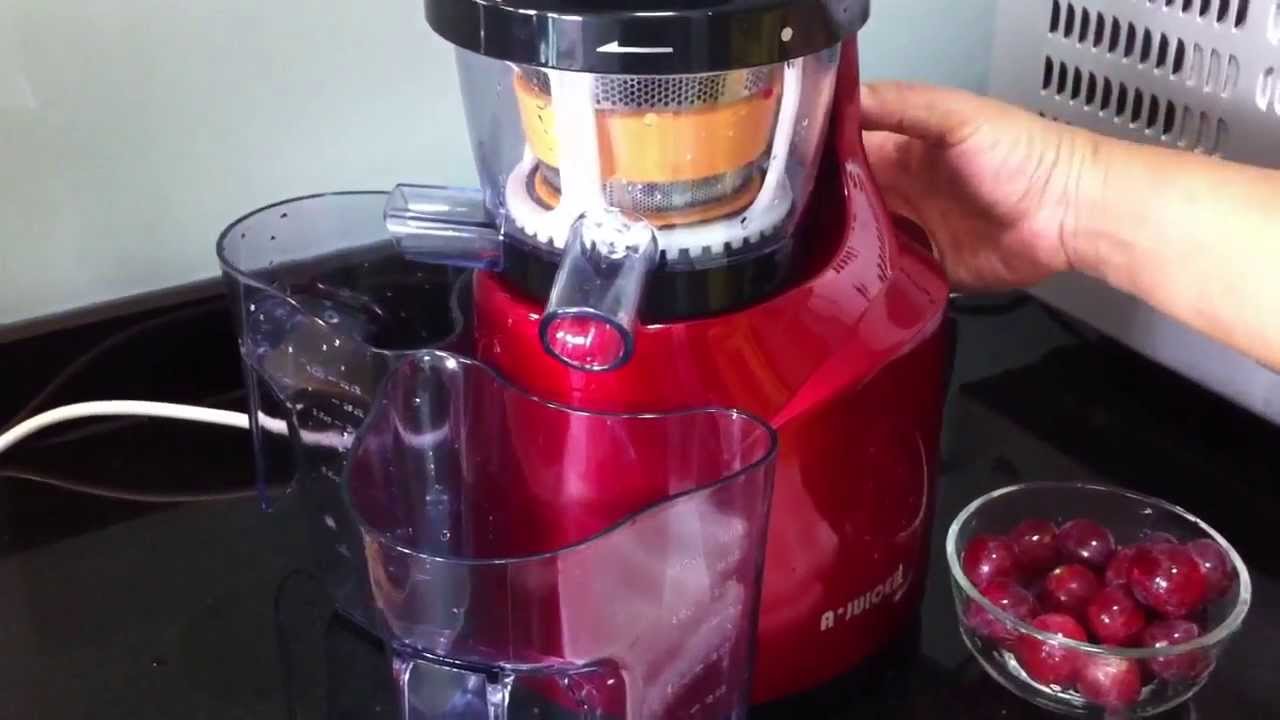

0 thoughts on “How To Juice A Mango In A Juicer”